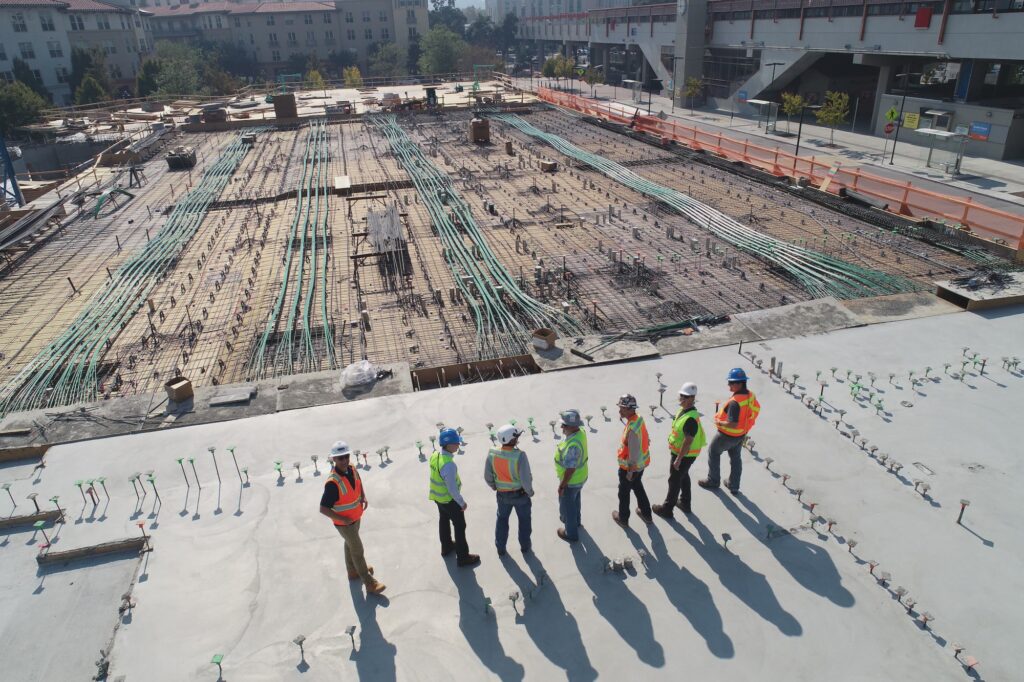
QSSP Core March 2026
This in-person QSSP course takes place in Durham, NC, March 23-26, 2026
125 million U.S. workers rely on PPE and safety equipment to keep safe on the job. To protect them, Right to Repair legislation must exempt all PPE and safety equipment.
Fatal fall or catastrophic injury if the self-retracting lifeline fails to arrest a worker
Asphyxiation, burns or death from failed breathing apparatus or PASS device
Lethal chemical burns if units fail to deliver immediate flushing in an emergency
Permanent hearing loss if electronic circuits fail to block hazardous noise
29 1910.134(h)(4)(iii)
“[Equipment]…shall be adjusted or repaired only by the manufacturer or a technician trained by the manufacturer.”
NIOSH Policy
“…A respirator that includes any replacement or spare part that has not been inspected [by NIOSH staff members]….is not NIOSH approved.”
NFPA 1852 § 4.9.1
“Technicians shall be qualified and authorized by the SCBA manufacturer to perform specified allowable maintenance.”
Sign up for our newsletter today!
The go-to resource for PPE standards, industry news, and product recommendations.
1101 Wilson Boulevard,
Suite 1425
Arlington, VA 22209-1762
Phone: 703-525-1695
International Safety Equipment All Rights Reserved 2024
The voice of credibility for the safety equipment industry
Learn about ISEA members, leadership and awards
Your elected officials to help guide the association
We help develop talent and raise awareness about worker safety
Meet the team
ISEA membership gives you a seat at the table, delivers powerful insights and lets you engage with peers.
Our education & training programs improve the effectiveness of safety equipment industry professionals.
Hear progressive ideas, learn best practices, and make peer connections.
Collaborate on standards development and track industry & policy trends
See all upcoming events
Access our webinar library

This in-person QSSP course takes place in Durham, NC, March 23-26, 2026
Learn why standards are vital to keeping workers safe
Explore all our standards
Propose a new standard to transform safety practices
Everything you need to know about product standards
Demonstrate PPE and safety requirements have been met
Stay informed about global standards development

Gain a powerful advocate in the halls of government
Measuring the impact of the safety equipment industry
Reports and tools for ISEA members
Benchmark market share & product growth trends
Access the latest safety news & insights
Keep your workforce safe
Buying PPE online? Follow our guide to ensure it’s appropriate and high quality.
Learn More